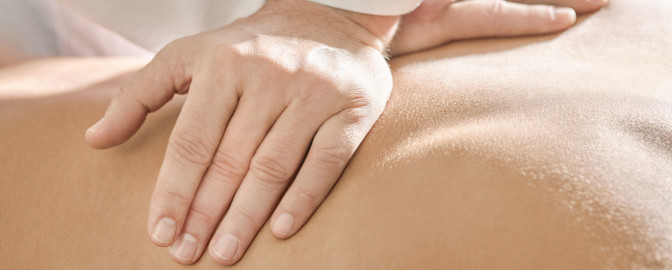Manual Medicine
Annual Report 2022

Manual medicine has a tradition at Schulthess Klinik that spans several decades. Our specialists treat patients with back problems in particular, as well as with diseases of the peripheral joints such as the shoulder, elbow, hand, hip, knee and foot. The focus is primarily on comprehensive pain therapy for the treatment of chronic pain.
Targeted manipulation with manual techniques form the foundation of manual medicine. In addition, we offer a wide range of modern pain treatment techniques. These include ultrasound-guided trigger-point dry needling, thermal ablation of nerve branches and infiltrations under X-ray or ultrasound guidance, to name a few. The aim is always to help the patient regain pain-free movement.
Staying in motion and sharing knowledge
In order to help our patients in the best possible way, we too are always on the move – in the spirit of our pioneers Wilhelm Schulthess and Norbert Gschwend, who were always open to new ideas for how to treat patients even better.
This involves regularly supplementing our existing therapy concepts so that sound findings from science and research can be expediently incorporated into everyday therapy. For this, our specialists attend congresses and always stay abreast of the latest developments in medicine.
We are happy to pass on our knowledge and experience. One example of this is our Head of Manual Medicine, Dr. med. Gérard Hämmerle, who, for 20 years, has been involved in the Continuing Education Committee of the Swiss Medical Association for Manual Medicine (SAMM), where he teaches courses for the certificate in manual medicine. In 2022, he again shared his knowledge through various courses and trained the attendees in specific manipulation techniques.
Dr. med. Gérard Hämmerle also held various workshops for GPs last year, which are designed to help them recognise the causes of musculoskeletal problems in their daily practice, classify them and treat the associated pain.
Interdisciplinary pain congresses are also an important meeting point for our specialists. Because pain often requires a 360° approach to treatment. Always with the aim of providing patients with the best possible care and helping them to find joy in movement again with well-founded, personalised treatment.
